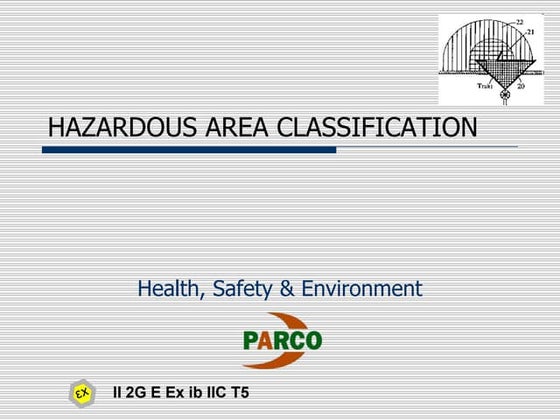The Ultimate Guide To Roar Solutions
Wiki Article
The Main Principles Of Roar Solutions
Table of ContentsSome Known Incorrect Statements About Roar Solutions Some Ideas on Roar Solutions You Should KnowUnknown Facts About Roar Solutions
In order to shield setups from a potential surge an approach of analysing and categorizing a potentially hazardous location is required. The purpose of this is to make certain the correct selection and setup of equipment to eventually stop an explosion and to ensure safety of life.
(https://www.slideshare.net/thomascarrillo4740)
No devices needs to be installed where the surface temperature level of the tools is above the ignition temperature level of the provided danger. Below are some typical dust dangerous and their minimal ignition temperature. Coal Dirt 380C 225C Polythene 420C (thaws) Methyl Cellulose 420C 320C Starch 460C 435C Flour 490C 340C Sugar 490C 460C Grain Dust 510C 300C Phenolic Resin 530C > 450C Aluminium 590C > 450C PVC 700C > 450C Residue 810C 570C The possibility of the threat being present in a focus high enough to trigger an ignition will certainly vary from area to location.
Unsafe location electrical devices perhaps designed for use in greater ambient temperature levels. Area Repair Work By Authorised Worker: Difficult testing may not be needed nonetheless certain treatments might require to be adhered to in order for the equipment to keep its third event rating. Each item of devices with a dangerous ranking must be evaluated separately.
The 5-Minute Rule for Roar Solutions
The tools register is a comprehensive data source of equipment documents that includes a minimum collection of fields to identify each product's place, technical criteria, Ex category, age, and ecological information. The proportion of Comprehensive to Shut inspections will be identified by the Equipment Risk, which is examined based on ignition threat (the likelihood of a source of ignition versus the chance of a combustible atmosphere )and the dangerous location category( Zone 0, 1, or 2). Implementing a robust Risk-Based Inspection( RBI )strategy is crucial for making sure conformity and safety in managing Electric check out this site Equipment in Hazardous Areas( EEHA).
Not known Incorrect Statements About Roar Solutions

In terms of eruptive threat, a dangerous location is a setting in which an explosive environment exists (or may be expected to be existing) in quantities that require unique safety measures for the construction, installment and use of devices. hazardous area electrical course. In this short article we discover the difficulties dealt with in the workplace, the threat control procedures, and the needed competencies to function safely
These materials can, in certain conditions, develop eruptive atmospheres and these can have major and awful repercussions. Most of us are acquainted with the fire triangular eliminate any one of the 3 components and the fire can not happen, however what does this mean in the context of unsafe locations?
In most instances, we can do little about the levels of oxygen airborne, however we can have significant impact on sources of ignition, for instance electric equipment. Harmful areas are recorded on the unsafe location classification drawing and are determined on-site by the triangular "EX-SPOUSE" sign. Below, amongst various other crucial details, zones are divided into 3 types depending on the danger, the possibility and duration that an eruptive atmosphere will exist; Area 0 or 20 is considered the most dangerous and Area 2 or 22 is deemed the least.
Report this wiki page